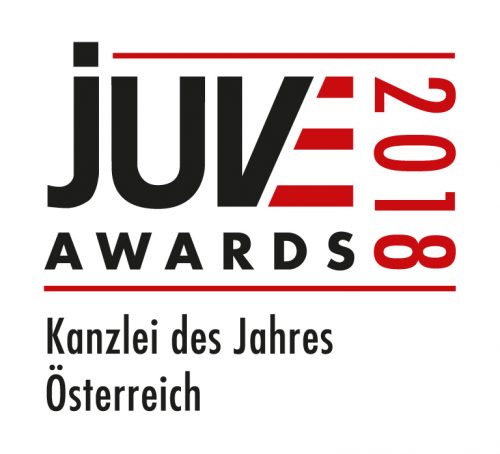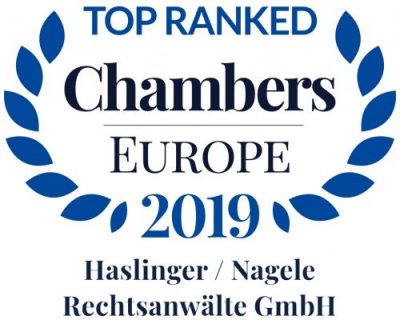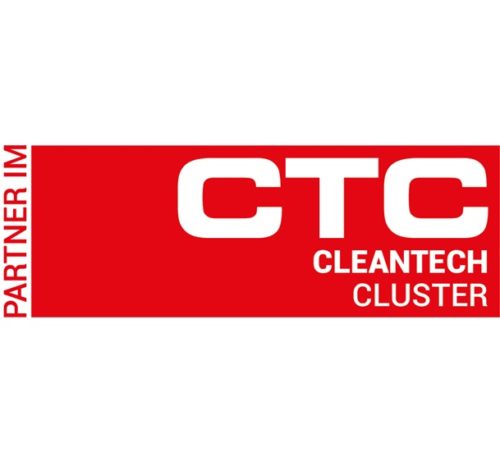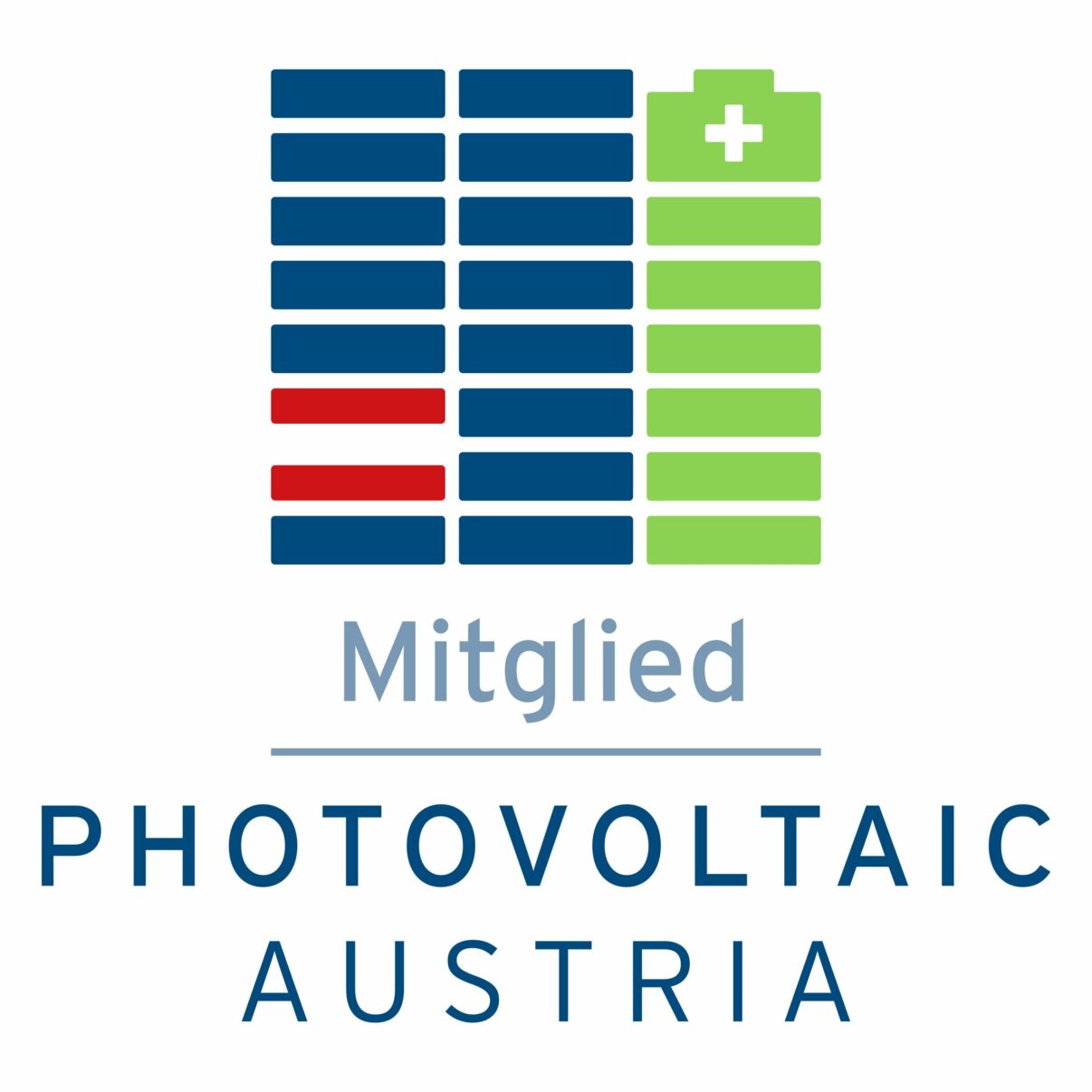Whistleblowing reporting systems
We help with implementation and processing!
For two and a half years now, work on the Renewable Expansion Act (EAG) has been going on. A draft was presented in autumn 2020. After numerous statements in the review process, the new draft has now been approved by the council of ministers and presented to the public. The background to this is the federal government’s goal to supply Austria exclusively with green electricity by 2030. For the necessary generation of 27 terawatt hours (“TWh”; more precisely + 11 TWh photovoltaics, + 10 TWh wind power, + 5 TWh hydropower, + 1 TWh biomass), the government allows some tax money to flow: ten billion euros will be spent over the next ten years. Below we present the cornerstones of the current draft and the main differences to the first draft:
A major change concerns the inclusion of hydrogen in the current draft of the EAG. Accordingly, a new regulation has now been included in the draft, which provides for the promotion of systems that convert electricity into hydrogen or synthetic gas in the form of investment grants. Systems with a minimum output of 1 MW are covered. The funding volume is at least EUR 50 million per year.
The promotion of hydrogen and gas from renewable sources serves in particular to increase the share of nationally produced renewable gas in Austrian gas sales to 5 TWh by 2030 and to promote the use of renewable hydrogen as a key element for sector coupling and sector integration. In the current draft, investment grants of up to 45% are provided for the construction of electrolysis systems for converting electricity into hydrogen or synthetic gas. They should offer new incentives for the expansion of green hydrogen production for industry and reduce the use of fossil-based resources.
The new construction and expansion of photovoltaic systems with up to 1000 kWp bottleneck capacity (instead of the originally planned 500 kWp) can now be funded by an investment grant.
In addition, the requirement of special zoning does not apply to photovoltaic systems on open spaces, provided that the bottleneck capacity on the affected area does not exceed 100 kWp. Moreover, there is a financial discount of 25% for open space photovoltaics, which is higher than the previous 30%. In addition, for smaller PV-plants from 10kWp (previously from 20 kWp) there is the option of choosing between investment grants or the use of the market premium.
In addition to newly built and expanded hydropower plants, revitalized hydropower plants are to be eligible for funding under certain conditions. The revitalization of hydropower plants with a bottleneck capacity of more than 20 MW will already be eligible for funding if the measures taken lead to an increase in the bottleneck capacity or the normal working capacity. For systems with a bottleneck capacity of up to 20 MW, this increase must be at least 10%.
In the case of biogas plants, market premiums up to the 30th year of operation can be received. The new draft also provides for investment grants of EUR 500 million for the next ten years for the conversion from electricity into synthetic gas and for new systems. Pump storage systems are completely exempted from network tariffs (previously 50% exemption). This preferential treatment benefits both existing and new plants.
The new draft expands the group of participants in the renewable energy communities (EEG). Electricity and gas companies within the meaning of ElWOG 2010 and GWG 2011 are still excluded from participation. Generating companies may also participate, if they supply electrical energy to a network in the local or regional area. According to the explanations in the draft, wind farms, hydropower or larger photovoltaic projects are also allowed to participate in EEGs. Other legal entities under public law were also included in the group of participants. It was also clarified that contracting and leasing models are permissible. The operational management as well as maintenance can be outsourced to third parties. Membership in more than one EEG is permitted from 2022.
The ministerial draft is soon to come to the National Assembly. It is assumed that further changes in the parliamentary procedure will arise due to the two-thirds majority that is required. The new law is expected to come into force by summer 2021.
Our experts from regulated industries and environmental law will be happy to answer any further questions you may have on this topic.
This article is for general information only and does not replace legal advice. Haslinger/Nagele Rechtsanwälte GmbH assumes no liability for the content and correctness of this article.
19. March 2021






